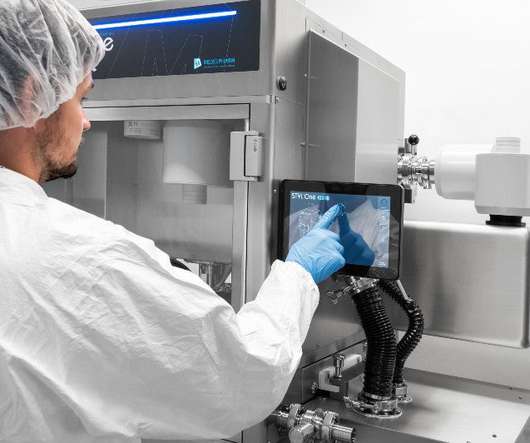Using big data to stabilise pharma supply chains in an age of disruption
Pharmaceutical Technology
FEBRUARY 15, 2023
In an age of disruption, technology is key to enabling pharmaceutical manufacturers monitor, track and control shipments and their processes. Pharmaceutical firms are changing the way they do business; the future winners will be highly automated and digitalised.












Let's personalize your content